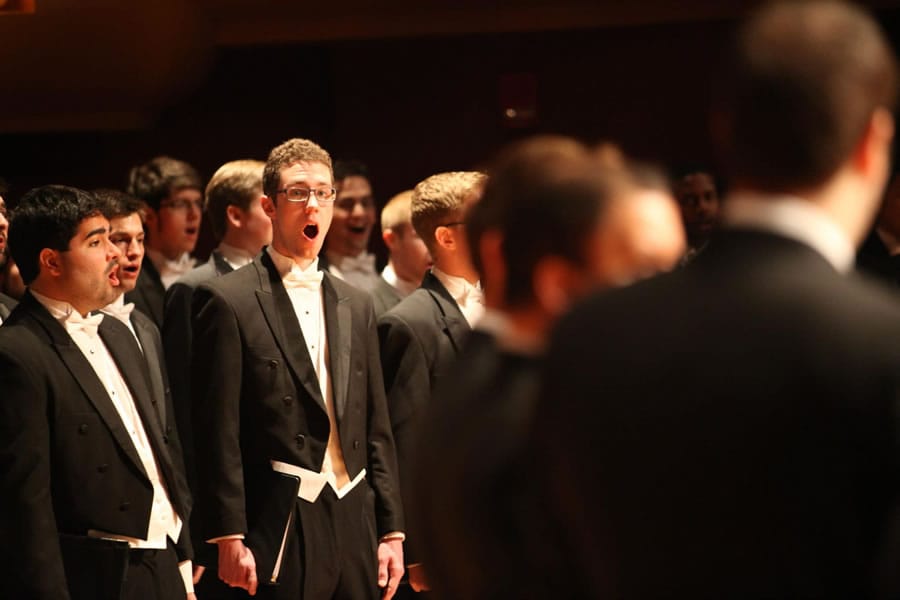
Gender and Education: From Dame Schools to the Collegiate Scene essay
Historically, the access of American women to education was limited by male-dominated biases, which implied that women do not need the higher education. However, Northern states were more tolerant in this regard compared to Southern states but even Northern states failed to provide women with equal access to college education in the 19th and first half of the 20th century.
In fact, women had limited access to the college education, while colleges, where women could learn, were quite few in the 19th century. The lack of access of women to education was the result of dominating biases as well as socioeconomic position of women in the American society in the 19th century. On the one hand, Americans believed that women did not need the education because they had to be good mothers and wives. On the other hand, women occupied themselves with their family and household mainly that naturally made the college education unnecessary for them.
Nevertheless, in the course of time, especially after the Civil War, the attitude to women and their college education had changed. They were viewed as mothers, who should assist their children to obtain a good education. Therefore, college education became important for women but they still held the inferior position compared to men.
In fact, it is until the mid-20th century, the attitude to women had never changed. As the Civil Rights movement emerged, women have started to struggle for equal rights and opportunities. As a result, they gained equal access to education and now they can attend colleges being equal to men.

